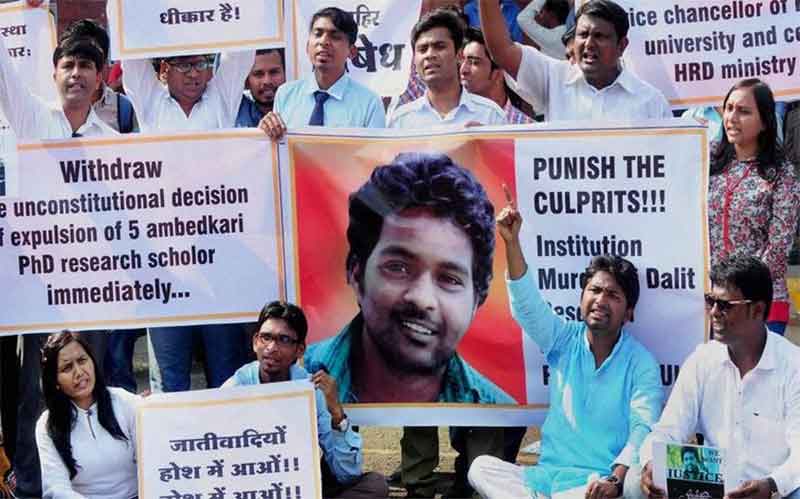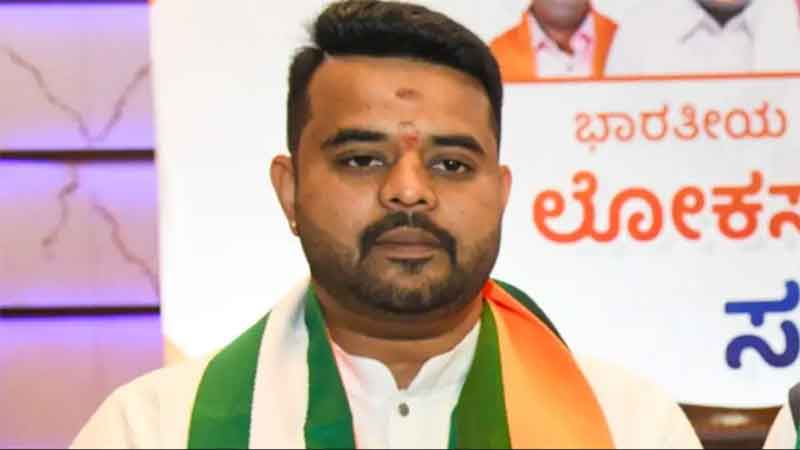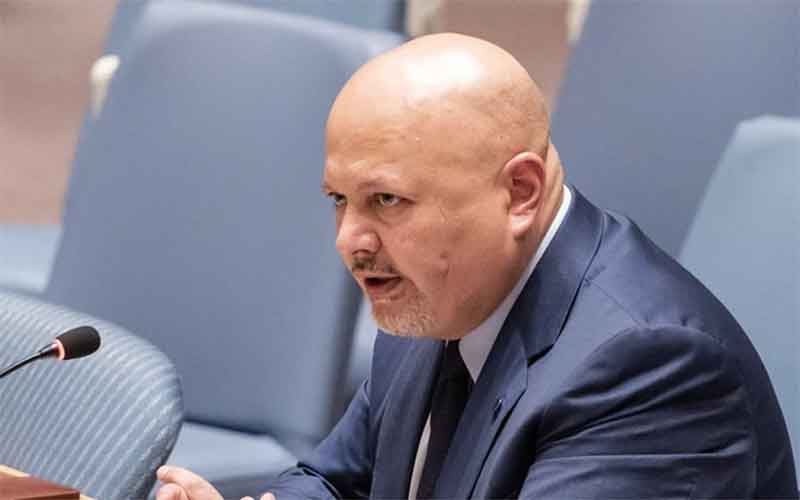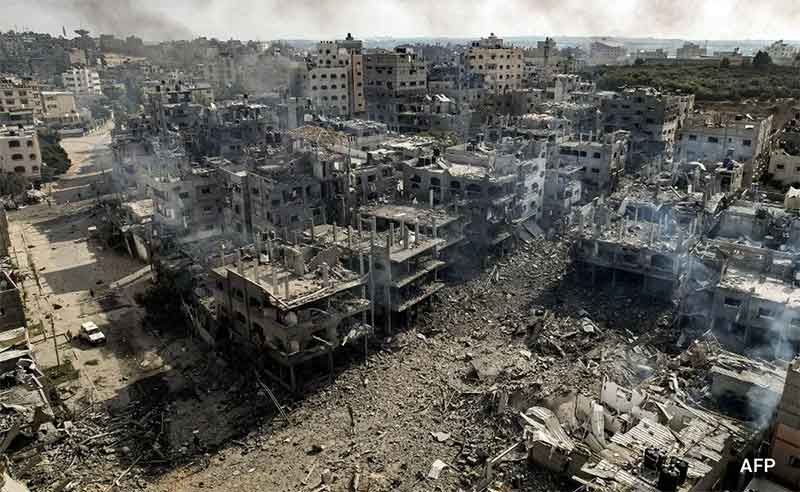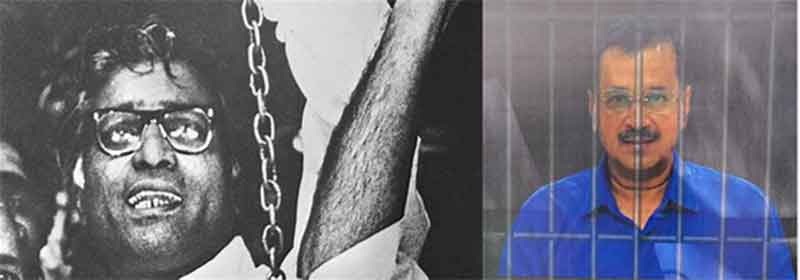
Manzoor Pashteen swears by his commitment and dedication to the cause of Pashtuns who continue to be the victims of an endless war. In the CIA-instigated Afghan Jihad, they had a massive image makeover: from the British colonialists’ categorisation as uncivilised brutes they became celebrated warriors wedded to a holy cause fighting the Communist Russia. Even the Hollywood, that is closely linked to the US security agencies and their efforts to glamorise friends and demonise enemies, produced films like The Living Daylights, The Beast of War and Rambo III, casting the Afghan Mujahideen as super heroes and committed noble fighters while celebrating the Pashtun culture and its concepts of hospitality and honour.
In the post-9/11 policy shift, they were once again seen as depicted by the British colonialists of yore – uncouth and uncivilised brutes. Additionally, to compliment the mood of the times, they were designated as undemocratic and terrorists, only worthy of being treated with industrialised and wanton firepower. As a result, tens of thousands of Afghans, mainly Pashtuns, were bombed to smithereens even in unsuspecting places – from marriage parties to football matches. True, while most of these genocidal massacres were unreported and brushed aside with indifference as collateral damage, occasionally and for the few lucky ones, the deaths did solicit regret from the US, including the White House.
In the renewed Great Game spearheaded by the US and its western allies, Afghanistan is seen as the pivot to scheme, threaten and stir wars against Iran and Pakistan, both internal and external; limit the growing Russian influence and assertiveness; control the energy corridors in Central Asia and beyond; and frustrate the Chinese efforts to harvest greater economic benefit for the region and its attendant soft power through the China-Pakistan Economic Corridor (CPEC) or similar but smaller economic alliances in the region. In addition, the ISIS – that ubiquitous brand of ruthless Islamist terrorism – that was ideologically and materially promoted in the Middle East to seek the devastation of the whole region and break the post-colonial political status quo to forge new alliances, mainly to support Israel to ossify its stranglehold in the region – is now being germinated inside Afghanistan; and for the similar purposes. The former Afghan President Hamid Karzai is on record that the US is funding and arming ISIS inside Afghanistan. Many other reports citing empirical evidence – from the Russians to the Turks – also allude to this ugly and open secret. Under the weight of these self-exacted new priorities, the US has already reneged on its pledge and promise to leave Afghanistan, by far its longest war of occupation, using various pretexts that sound more inspired by the classic The Lamb and the Wolf story. The mood inside the US policy circles suggests that the US might be planning to stay in the region for eternity to extract maximum concessions from its rivals in addition to cyclically stir the region through its overt military and covert intelligence assets to suit its interests.
Pashteen and his associates have brushed off allegations of being part of any destabilisation project that seeks to foment wide-scale chaos in the region. His movement is creating excitement and suspicion; and appreciation and loathing in a similar measure, provoking new divisions among the Pashtuns who are already split by the tradition in clans and sub-clans much to the detriment of their own interest. Besides, his frequent change of goalposts is fuelling nothing but infinite doubts. As an outsider – both as a non-Pashtun and a non-Pakistani – I find the movement as both exciting and confusing. Kick-started as the low-key Mehsud Tahhafuz Movement, it gained wide appreciation following the horrifying murder of Naqeebullah Mehsud which exposed the trophy hunting of mainly the Mehsud tribesmen by the Karachi Police. The sudden conversion of the movement into the Pashtun Tahafuz Movement (PTM) and an abrupt widening of its remit from fighting for the people of the Federally Administered Tribal Areas (FATA) to espousing the cause of all Pashtuns in Pakistan have provoked misgivings. Additionally, the support from the Afghan government and various western-funded NGOs in Kabul and elsewhere has fuelled endless negative speculations. As there is a history of mutual interference between the two countries, including funding of terrorists and political proxies, this has caused alarm within Pakistan, even among a large collection of people who are otherwise sympathetic to the cause of the people living in FATA.
If the PTM claims to represent the Pakistani Pashtuns and suggests all of them are being victimised by the state, it would amount to nothing more than crude propaganda. If it is only talking about the sufferings of the Pashtuns, mainly in the unsettled areas or from these locales, the movement has failed to generate an honest debate. Several videos circulating about its public demonstrations place all the blame on the Army. While the Pakistan Army cannot be absolved of wrong doings, including human rights violations, such a narrow view of the situation is not in consonance with reality. The slogans from the PTM cheerleaders accuse the army of supporting or advancing terrorism – which, for me, seems a deliberate provocation that is aimed at not only inviting the wrath of the security agencies but their retaliation too. Besides, it seeks to discredit Pakistan Army’s own war on terror that is universally acknowledged as one of the most successful anti-terror operations much to the chagrin of the western powers whose own efforts at eradicating terrorism have been largely unsuccessful despite massive investment of men and material amid the Hollywood inspired names for their operations such as ‘shock and awe’ and ‘rapid dominance’ that have caused unprecedented number of civilian fatalities and damage to public infrastructure. Besides, the ramparts of FATA were known to harbour sanctuaries of western intelligence agencies who were directing the Daesh-style terror attacks in the region – both in Pakistan and Afghanistan, and perhaps inside India as well.
Apart from blaming the Army, the PTM is trying to puff up its narrative by employing the tried and tested anti-Punjabi card, claiming to be the victims of the so-called Punjabi dominance. One of the leaders of the group, Ali Wazir, recently advanced claims about the bad treatment meted out to the Pashtuns in Punjab. This is nothing but bunkum that is designated to create more divisions and chaos. Punjab is the most tolerant province with every ethnicity finding sanctuary in its melting pot. That is why while there have been serious issues such as Mohajir versus Sindhi afflicting the Sindh province that even resulted in thousands of Pashtuns being deliberately targeted by the political-terrorist group MQM, there is no history of such violence in Punjab let alone any appearance of ethnic distinctions becoming salient. In Lahore alone, there are thousands of Pashtun families living and their presence have never been politicised or securitised, not to speak of thousands of Urdu speaking families who migrated in 1947 or hundreds of thousands of Kashmiris prior to that.
The sufferings in FATA are real and heart-wrenching. It started with the US-led Jihad project in the late 1970s that deliberately destroyed the local culture and traditional institutions to create a fertile constituency for extremism to suit the exigent ends. In the aftermath of the 9/11, the US turned hostile against the very allies, and its agents kidnapped thousands of people either on their own accord or using Pakistan’s military assets; in addition to killing and maiming tens of thousands in drone attacks that continue till this day. This was followed by Pakistan’s own military operations, again with large-scale devastation and massive population displacement.
The most toxic legacy of the US-led War on Terror is thousands of missing persons, all of them Muslims, from all around the world. They have disappeared in the void of the American military juggernaut, ably assisted by the armies and governments around the world, including that of Pakistan and Afghanistan. In Pakistan, the missing persons issue is wide-scale and not confined to the Pashtuns alone. While this is no justification for these horrific crimes or trying to belittle the sufferings of people in FATA, the missing belong to all provinces and ethnicities. According to various reports, while many of them had joined the Taliban in the immediate aftermath of the US attack on Afghanistan and might have got killed and buried unceremoniously, hundreds or perhaps thousands others languish either in Pakistan’s own dark spaces or that of the CIA and its allies in unmarked places. The positive aspect of the PTM movement is that this mobilisation might finally force the army and the civilian bureaucracies to become more transparent and accountable, and restrain them from whimsically unleashing the state power against its civilians for whatever reasons – internal or external.
The Pakistani electronic media has chosen to largely ignore the PTM and its marches across Pakistan. This is not only unfortunate but also exposes the intellectual bankruptcy of the so-called Establishment that is suspected behind the censor. The Pakistani media has failed not only in its duty to report the events faithfully and correctly, but also caused thorough disappointment for its inability to analyse the genesis of the problem and the motivation of the current and ongoing developments. It is really strange that a certain sense of bewilderment is exhibited at the ‘sudden’ popularity of the PTM. What is not being discussed is the unprecedented levels of external support it has received from the US government propaganda assets like the Pashtu language Radio Deewa, a subsidiary of Voice of America (VOA) and other official US media outlets or the media houses that usually advance CIA-induced news to suit Washington’s tactical or strategic needs and goals. For the past two months, the VOA has gradually built a narrative that is aimed at inciting the Pashtuns against the state and subtly advancing the view that all that afflicts them is the handiwork of the Pakistani army. The VOA employs an army of Pashtu propagandists, mainly from Afghanistan, who are directing these psychological operations with a clear aim to encourage protests and embolden the organisers to heighten tensions.
The British government propaganda arm – BBC – also that usually works in tandem with the US is also advancing a similar narrative to discredit the institutional framework of Pakistan with a clear aim to guide and direct public sentiments against the state institutions to cause more division and cleavages. It is no wonder that a recent report exposes BBC’s deep relationship with the British intelligence establishment to advance skewed narratives in order to manufacture public consent that suits narrow political and security goals. The western media, including the social media experts, used similar tactics to disseminate chaos and foment the so-called colour revolutions in Eastern Europe, the 2009 Green revolution in Iran or the Gezi Park protests in Turkey in 2013. The student protests in Hong Kong in early 2014 led by the 17-year old Joshua Wong were ultimately exposed to be inspired by the US with Mr. Wong having been nurtured for several years to take up a potential political role. Similar tactics are being used to promote the ‘Pashtun rage’, placing the blame of all the failures and the violence upon Pakistan, mainly its armed forces.
A video clip from a recent PTM gathering shows one of the organisers, Ali Wazir, directly addressing the Chinese: “I tell the Chinese ambassador, the projects that you have started in this country, do not engage in them. When we become the owners/rulers of the area, then come talk to us; do not do anything now”. If the words attributed to Wazir are true, this discredits the whole movement with the CIA footprints glaringly all over it. The American spy agency has engineered pubic demonstrations based on real grievances all over the world for strategic reasons. Here the immediate target seems to be the CPEC that the US vehemently opposes and has taken a public position against the emerging corridor. In the next few days or weeks, if these demonstrations fail to elicit the desired results, the next stage could see unknown people from among the peaceful protestors firing at the police or the army with a view to attract retaliation in order to receive ‘martyrs’ to mobilise further action as a prelude to a possible new insurgency or a mass civil unrest on both sides of the Durand Line. This is how the ‘revolutions’ were provoked in Syria, Libya and elsewhere in the Middle East that continue to devastate the region and its people.
Murtaza Shibli is a writer and consultant on Muslim issues in Europe and South Asia. He is also the editor of ‘7/7: Muslim Perspectives’, a book that explores the British Muslim reaction to the London bombings. Twitter: murtaza_shibli















